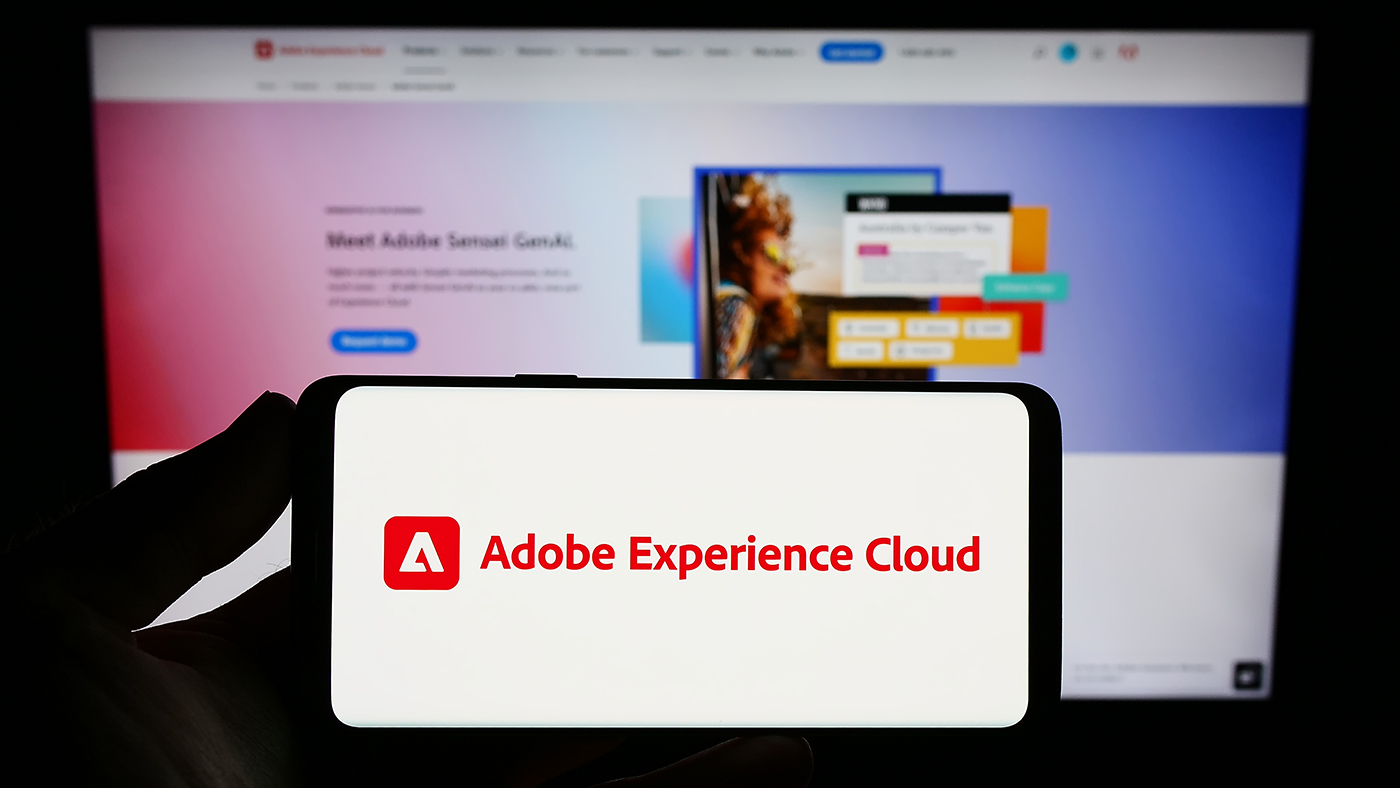
Establishing a Business Case for User Experience (UX): An ROI Case Study

“…Proactively delighting customers earns trust, which earns more business from those customers, even in new business arenas. Take a long-term view, and the interest of customers and shareholders align.” -Amazon founder and CEO Jeff Bezos
Industry experts agree that investing in user experience (UX) initiatives is important. In fact, a recent Walker study reports that UX is more important to customers than price and product quality. This same study shows that 86% of customers will happily spend more for a great experience and 73% directly indicated to a great user experience as a major influencer in their purchase decision. This is because good UX focuses on building products that are easy to understand and use for customers. When customers enjoy using a product, it increases their satisfaction with the organization and leads to customer loyalty. A well-designed product can also see additional ROI benefits by creating efficient development processes.
When UX is done right, the user interface and experience is seamless, so it doesn’t get in the way of a productivity or enjoyment in using the product. This ensures the development of features customers are asking for, and NOT the development of those features or products that are unwanted or will frustrate customers. It’s important to understand that this last point is difficult to demonstrate because these kinds of contributions are not always visible or recognized by customers or organizations. It’s not easy to point to elements or features in the final product that don’t exist.
So in the case of NOT developing a feature or application, how can we show a dollar value in support of UX? As part of the product team, UX Apexon team members collaborate with our developers and stakeholders to ensure that features being worked on are inline with customer needs and business goals. By taking on a fail-fast approach, we typically use UX research to create low-res designs and prototypes to quickly tell us if we are headed down the wrong path. This process helps us avoid developing the wrong features or elements that will only need to be addressed at a later date.
Consider the Apexon UX team’s ongoing engagement with a major financial corporation. For a particular application, the team was considering features to be developed to guide customers through an upgrade process. Senior management required that this process be implemented in the product release by the end of the quarter. The UX team collaborated with the entire product team and all involved stakeholders, including senior management, to understand the customer journey. Prototypes were developed for usability testing sessions for various types of “alerts” for messaging. These sessions led to invaluable customer feedback which was then used to enhance the prototype and subsequently for product development requirements. The result was a refined design prototype that positively impacted the user experience and improved the overall value of the product. It ended up not including the alert messaging features based on user insights.
After the UX team delivered final wires for development, the VP of Product Management expressed gratitude to the teams for the process and that our UX team was a key contributor to customer success. In addition, he recognized how moving forward, if the development team poses new questions about functionality, it is very helpful and convincing to have the voice of the customer to refer back to for immediate design feedback.
Using this example, we can calculate a dollar savings amount by taking the individual roles and effort needed by the product team to develop the single effort described above. Let’s first take a look at the actual makeup of this product team. It includes the following roles:
- 1 product manager
- 1 product owner
- 1 system analyst
- 5 developers
- 1 scrum master
- 2 designers
- 1 Business analyst
- 1 QA
If this effort had moved forward into development, the team estimated that it would have required two full iterations, or four weeks of development time. Here, the product team members are listed, along with their average annual and weekly salaries and the costs associated for two full iterations or four weeks of development time:
| Role | Annual Salary | Weekly Salary | Cost of Two Iterations |
| Product manager | $95k | $1,826.92 | $7,307.69 |
| Product owner | $80k | $1,538.46 | $6,153.85 |
| System analyst | $75k | $1,442.31 | $5,769.23 |
| Developer | $75k | $1,442.31 | $5,769.23 |
| Developer | $75k | $1,442.31 | $5,769.23 |
| Developer | $75k | $1,442.31 | $5,769.23 |
| Developer | $75k | $1,442.31 | $5,769.23 |
| Developer | $75k | $1,442.31 | $5,769.23 |
| Scrum master | $70k | $1,346.15 | $5,384.62 |
| UX Designer | $65k | $1,250.00 | $5,000.00 |
| UX Designer | $65k | $1,250.00 | $5,000.00 |
| Business analyst | $65k | $1,250.00 | $5,000.00 |
| QA | $60k | $1,153.85 | $4,615.38 |
| Total cost for Two Iterations (4 weeks) development: | $68,076.92 |
This model shows a dollar value savings of nearly $70k for our client. What it doesn’t reflect are the additional costs associated with any rework and loss of revenue that comes from customer dissatisfaction with the product or, even worse, total abandonment. With the clients investment in upfront UX work, our team was more successful in meeting customer needs, reducing unnecessary development and design defects, and resulting subsequent rework.
Apexon UX focuses on customer-centered design principles to identify true pain-points and frustrations in order to get to the design solutions. Our UX team works toward more efficient processes to integrate with Agile development teams and help our clients reduce costs, build customer loyalty, and design better solutions.
To learn more about the value Apexon’s User Experience (UX) team can bring to your organization, please contact our accomplished UX team today.




